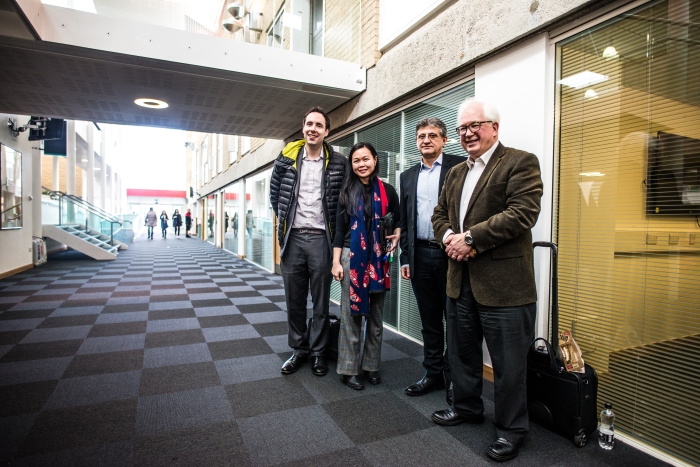When Sir Isaac Newton lay down under the apple tree at the Trinity College in Cambridge, he was struck by the idea that later developed into his theory of gravitation. Similarly, for most of us, it seems like the best ideas come to us when we are not actually looking for them. However, for an innovation hackathon to work, it is essential that innovation can, in fact, happen in an artificial setting. If this is not the case, there would be no point in doing them.
If we go back to Sir Isaac Newton and dig deeper, we will quickly find, it took him a long time to actually formulate his theory. Even though it has been confirmed that the apple tree story actually happened, the innovation process involved hard work, reflecting together with others, and iterating on the idea multiple times. It is this process that translates a simple idea into an actual innovation.
Most of the most successful ideas didn’t start with the actual intent to create innovation but with a very interesting problem. A problem grave and important enough to engage people into pursuing possible solutions. Within this heated exchange, creative ideas are most likely to emerge.
In short, you need a problem to be solved, people to do the solving, and a lot of hard work to create innovation. To me, this sounds exactly like the description of a hackathon.
If you want to know more about how to become an innovative thinker yourself, check out these two books:





 The search interest over time for the term “Hackathon” worldwide (until February 2017)
The search interest over time for the term “Hackathon” worldwide (until February 2017)





